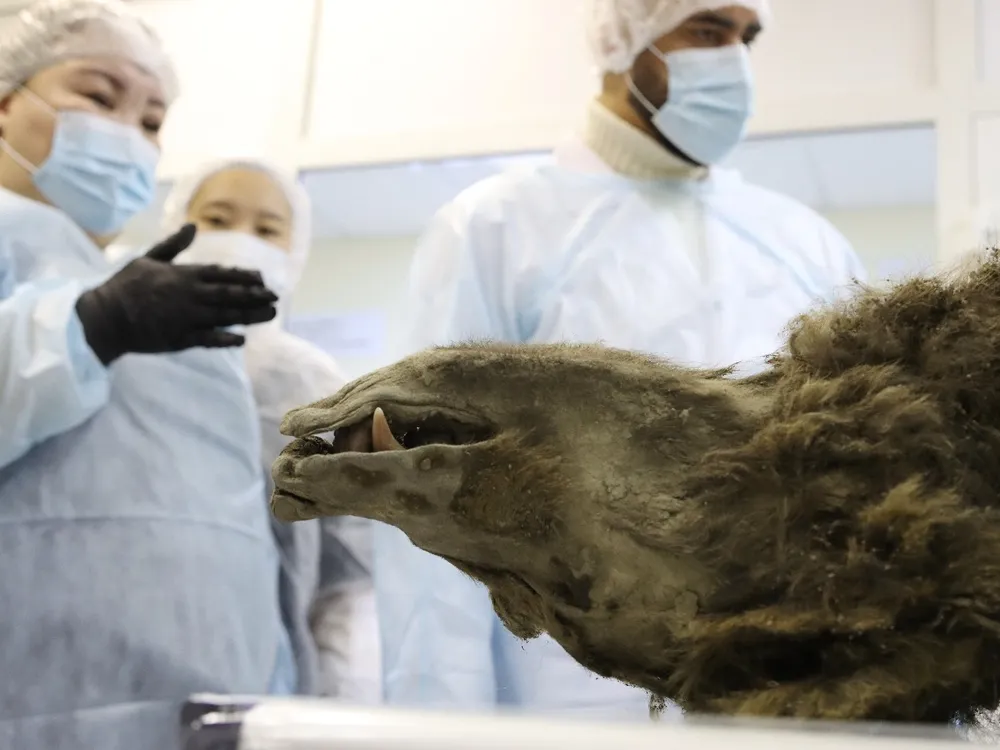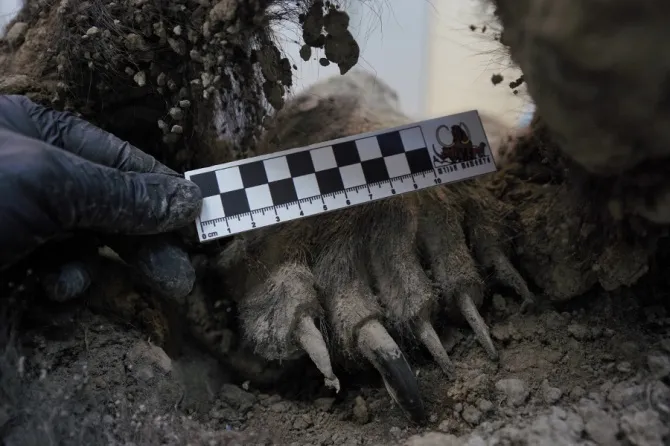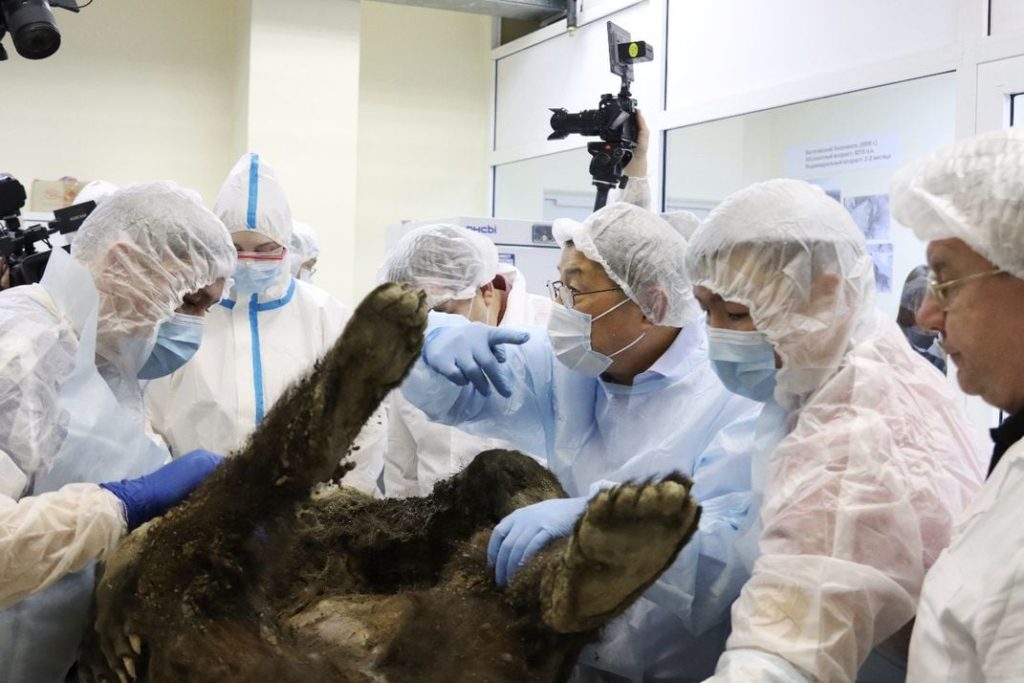Exploration of 3,500-Year-Old Brown Bear Preserved in Siberian Permafrost
In a discovery that captivated researchers two and a half years ago, reindeer hunters stumbled upon a remarkably well-preserved bear carcass, frozen in the Siberian permafrost for thousands of years. Unearthed on Bolshyoy Lyakhovsky, an Arctic island north of mainland Russia, the creature retained its fur, skin, claws, teeth, body fat, and internal organs—an extraordinary rarity.

Paleontologist Lena Grigorieva, expressing the significance of the find in a September 2020 statement, remarked, “This is the first and only discovery of its kind—a complete bear carcass with soft tissues. It is entirely preserved, with all internal organs intact, including its nose. Previously, only skulls and bones were found. This discovery holds great importance for the entire world.”
Researchers have revised their initial assessments, revealing that the mummified bear is younger than initially thought and belongs to a different species. Live Science’s Harry Baker reports that scientists initially identified the “Etherican bear” after the nearby Bolshoy Etherican River as an extinct cave bear from the last Ice Age, dating back to approximately 22,000 to 39,500 years ago. However, after conducting radiocarbon dating and genetic studies, they assert that the creature is a brown bear and is 3,460 years old.

While the bear does not provide insight into the Ice Age, it still presents an unprecedented opportunity for scientific examination. Researchers from the Lazarev Mammoth Museum Laboratory at North-Eastern Federal University (NEFU) recently performed an autopsy, delving into the bear’s internal anatomy by carefully dissecting through layers of preserved skin, fat, and tissue. Various studies on viruses, cells, and microbes were conducted, and the team even extracted the bear’s brain by sawing through its skull for further analysis.

The autopsy revealed that the female bear was approximately two to three years old when it died, standing 5.1 feet tall and weighing around 172 pounds. While the cause of death remains unknown, evidence of spinal column injuries was found. Additionally, researchers examined the partially preserved stomach contents, offering insights into the bear’s last meal—unidentified plants and bird feathers.
Despite these findings, the mystery of how the bear reached the island, approximately 30 miles from the mainland, persists. Researchers speculate that it may have swum a considerable distance, walked over during periods of sea ice coverage, or that Bolshyoy Lyakhovsky was once connected to the continent.
The World Wildlife Fund (WWF) estimates about 110,000 brown bears remain in the wild today. Brown bears are threatened by oil and gas drilling, human disruptions, pollution, and extremely high temperatures, even though the International Union for Conservation of Nature considers them a species of “least concern.”